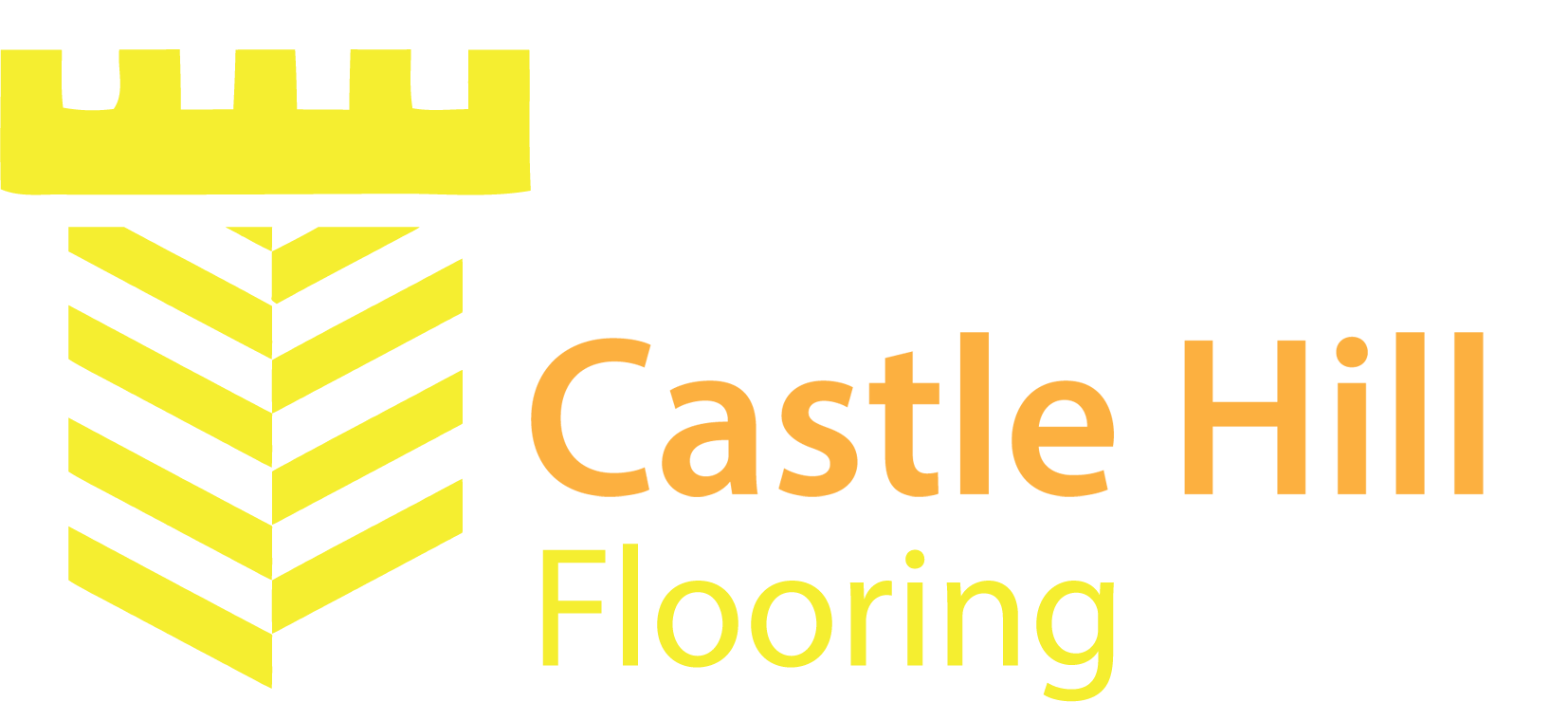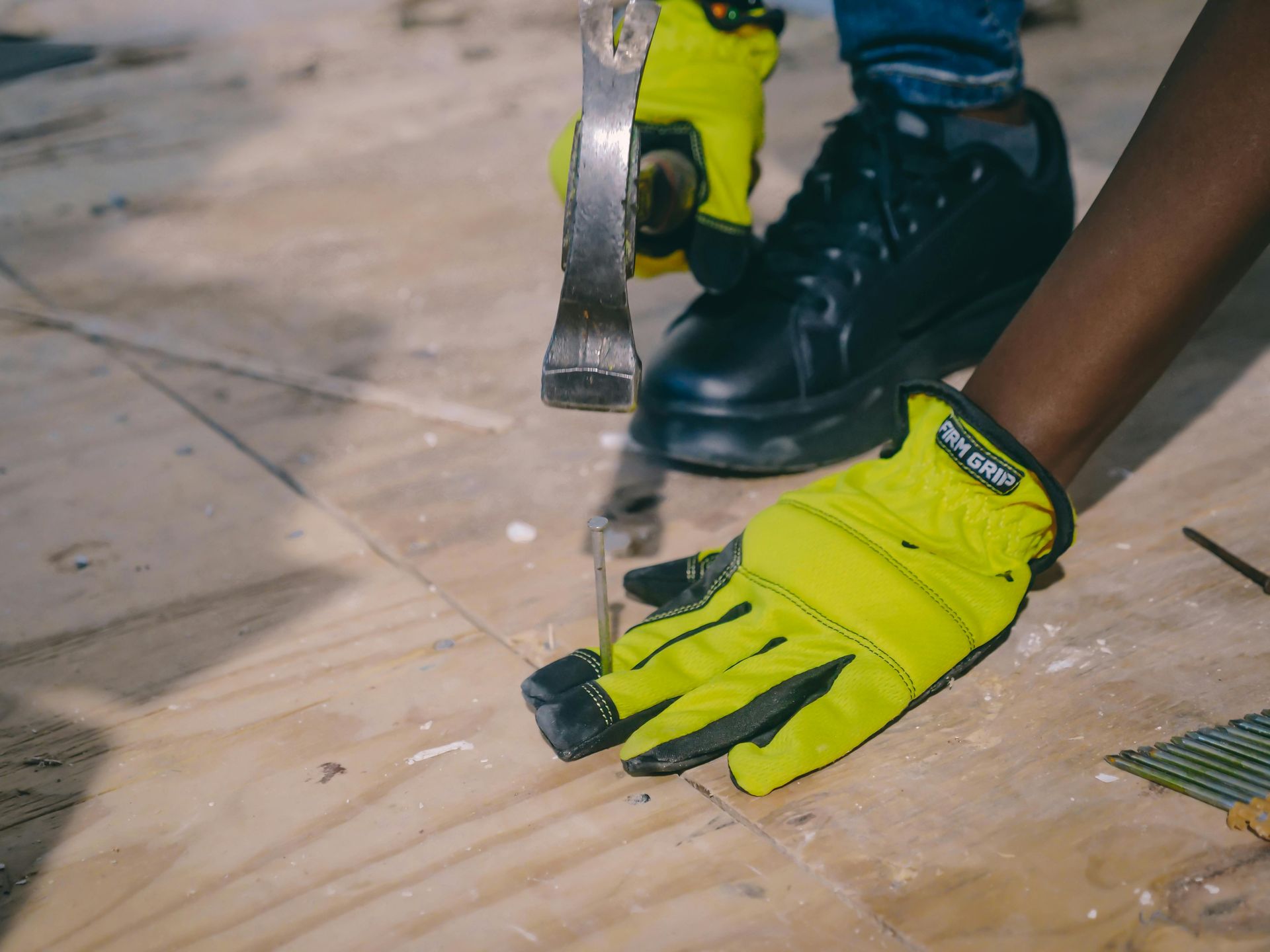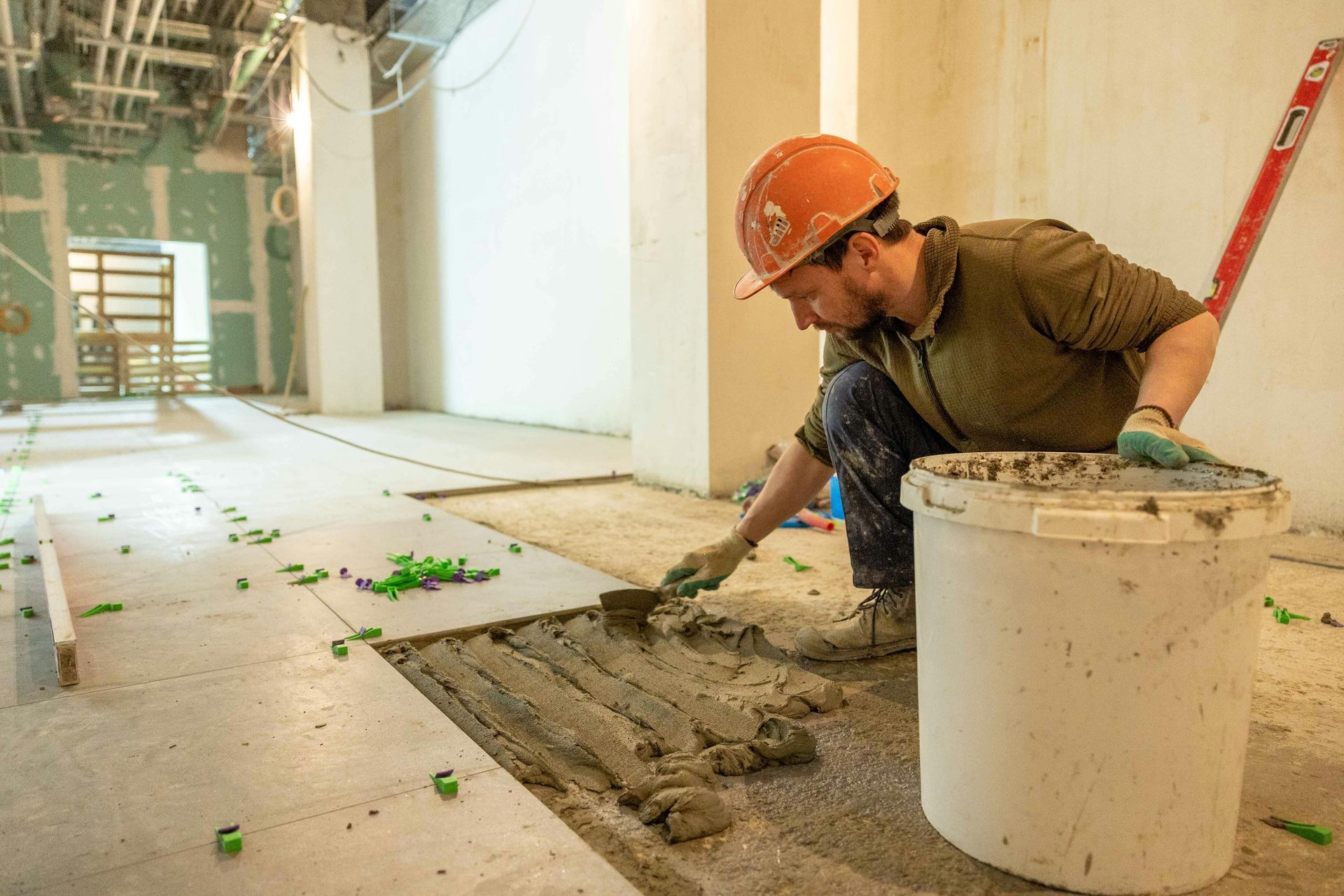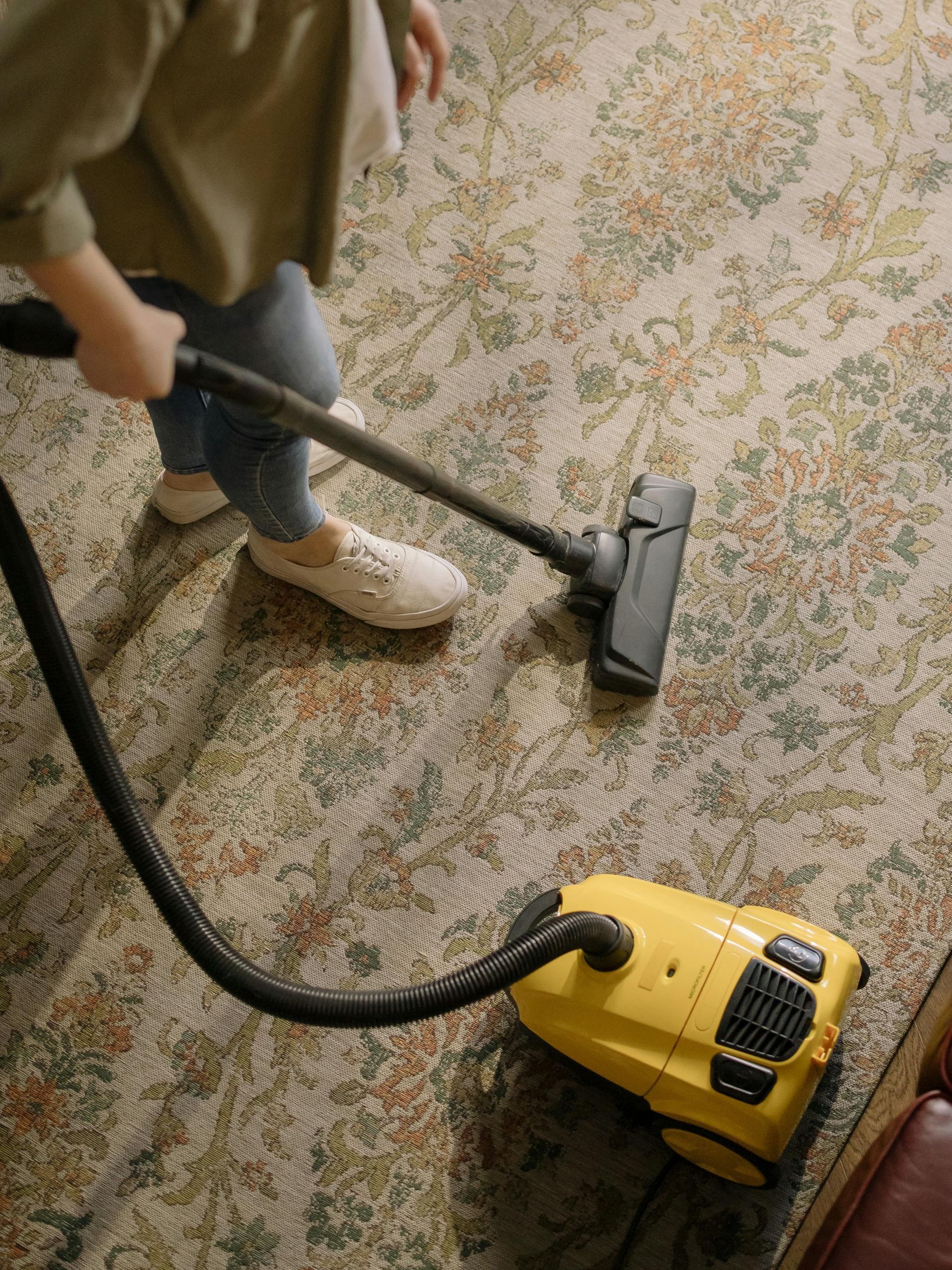Underfloor Heating Installation: Is It Right for Your Castle Hill Home?
Underfloor heating transforms how homes stay warm during the winter months by providing consistent, comfortable heat from the ground up. Castle Hill homeowners increasingly consider this heating solution when building new homes or renovating existing properties. The technology offers distinct advantages over traditional heating systems, but it also requires careful consideration of costs, compatibility with different flooring types, and suitability for your specific home layout. This comprehensive guide examines whether underfloor heating makes sense for your Castle Hill property and what factors you should evaluate before making this significant investment.
Understanding Underfloor Heating Systems
Underfloor heating operates on a fundamentally different principle than traditional radiators or forced-air systems. Instead of heating air that rises and circulates, underfloor systems warm the floor surface itself, which then radiates heat upward through the room. This radiant heat creates a more even temperature distribution and eliminates the cold spots common with conventional heating methods.
Two main types of underfloor heating systems exist, each with distinct characteristics and applications. Hydronic systems circulate warm water through a network of pipes installed beneath your floor. These pipes connect to a boiler or heat pump that heats the water to the desired temperature. Electric systems use heating cables or mats installed under the flooring that generate heat when electrical current passes through them. The choice between these systems depends on your home's existing infrastructure, the size of the area you want to heat, and your energy sources.
- Hydronic underfloor heating suits whole-home installations particularly well. The system connects to your existing hot water system or a dedicated boiler, making it efficient for heating large areas. Once installed, hydronic systems typically cost less to operate than electric systems because water retains heat effectively, and gas or solar water heating can be more economical than electricity. However, hydronic systems require more complex installation, involve higher upfront costs, and need professional maintenance to ensure the pipe network remains leak-free and efficient.
- Electric underfloor heating excels in smaller spaces and renovation projects. The thin heating mats or cables can fit into minimal floor depth, making them ideal when you cannot raise floor levels significantly. Installation is generally simpler than hydronic systems, and electric systems require virtually no maintenance since they have no moving parts or fluids that could leak. The main drawback is operating cost, as electricity prices in NSW make running electric underfloor heating more expensive than hydronic alternatives for large areas or continuous use.
Control systems for underfloor heating have evolved significantly with smart home technology. Modern thermostats allow you to programme heating schedules for different rooms, adjust temperatures remotely via smartphone apps, and integrate with home automation systems. These controls help optimise energy use by heating rooms only when occupied and maintaining different temperatures in various zones based on usage patterns. Advanced systems even learn your habits and adjust automatically to maximise comfort while minimising energy consumption.
Health and Comfort Benefits
Beyond simple warmth, underfloor heating provides health and comfort advantages that improve daily living quality in ways traditional heating systems cannot match. These benefits contribute significantly to the value proposition even though they are difficult to quantify financially.
- Even heat distribution eliminates the cold spots and temperature variations common with other heating methods. Traditional radiators create hot zones near the heat source and cold areas in distant corners. Ducted systems blow hot air that rises immediately to the ceilings, leaving floor areas cooler. Underfloor heating warms the entire floor surface evenly, creating consistent, comfortable temperatures throughout the room from floor to ceiling. This uniformity means no cold corners where children avoid playing or cold spots where you hesitate to place furniture.
- Radiant heat feels more comfortable than convection heating at equivalent temperatures. When floors radiate warmth upward, objects in the room also warm slightly, and your body receives heat directly from surfaces rather than just from warmed air. This direct warming sensation allows most people to feel comfortable at lower thermostat settings with underfloor heating compared to forced-air systems. Many homeowners find that 19 degrees feels as comfortable with underfloor heating as 21 or 22 degrees with ducted heating, contributing to the energy savings mentioned earlier.
- Dust and allergen circulation decrease dramatically with underfloor heating. Forced-air heating systems constantly blow air throughout your home, carrying dust, pollen, pet dander, and other allergens through ducts and into living spaces. This circulation aggravates allergies and asthma for sensitive individuals. Underfloor heating operates silently without air movement, leaving dust settled on surfaces where it can be cleaned during normal housekeeping rather than constantly airborne. This characteristic makes underfloor heating particularly beneficial for families with allergies or respiratory sensitivities.
- Humidity levels remain more stable with radiant heating. Forced-air systems that blow heated air through homes tend to dry out indoor environments, causing dry skin, irritated sinuses, and static electricity problems. Underfloor heating does not affect humidity levels, maintaining more comfortable conditions without requiring supplemental humidification. This stable humidity benefits not only human comfort but also protects timber furniture, musical instruments, and artwork from the damage that dry air can cause.
- Freedom from visible heating equipment improves home aesthetics and functionality. Underfloor heating eliminates radiators, baseboard heaters, and floor vents that consume wall space and affect furniture placement. You gain complete freedom in room layout without working around heating equipment. This advantage particularly benefits smaller Castle Hill homes, where every square metre matters, and open-plan designs where visible heating equipment can disrupt the aesthetic flow between spaces.
Making the Decision for Your Castle Hill Home
Determining whether underfloor heating suits your specific situation requires evaluating multiple factors unique to your property, lifestyle, and priorities. A systematic approach to this decision ensures you invest wisely in heating solutions that deliver genuine value.
New builds and major renovations offer the ideal opportunity for underfloor heating. If you are constructing a new Castle Hill home or undertaking a renovation that involves replacing flooring throughout major areas, the relative cost premium for adding underfloor heating becomes modest. The disruption is minimal since construction is already occurring, and you can design the floor structure specifically to accommodate the heating system. In these scenarios, the incremental cost of adding underfloor heating is usually between $3,000 and $8,000 more than not installing any built-in heating, which represents excellent value for the lifetime comfort benefits.
Families with young children particularly benefit from warm floors. Small children spend significant time playing on floors, making cold hard surfaces uncomfortable and potentially unhealthy. Underfloor heating transforms tile, timber, or other hard flooring into comfortable play surfaces that encourage floor-based activities. The even temperatures also eliminate cold spots where crawling babies or playing toddlers might become uncomfortable. For Castle Hill families planning to have children or with young kids currently, underfloor heating substantially improves daily living quality during early childhood years.
Individuals with mobility concerns or older homeowners appreciate the underfloor heating advantages. People who spend more time at home, particularly retirees or those working from home, benefit most from whole-home comfort systems. Radiant heat's gentle warmth suits older individuals who often feel cold more acutely than younger people. The absence of temperature variations and cold spots means every area of the home remains comfortable without constant adjustment of heating controls or moving between rooms to find warmth.
Budget-conscious homeowners might prioritize other investments over underfloor heating. If your renovation budget is limited and you must choose between various improvements, consider whether underfloor heating delivers more value than alternative upgrades. Enhanced insulation, quality windows, or updated kitchen and bathrooms might provide better returns on investment, depending on your home's current condition. Underfloor heating represents luxury rather than necessity for most Castle Hill homes, making it appropriate only when other fundamental needs are already met.
Long-term homeowners recover more value from underfloor heating than those planning to sell soon. If you intend to remain in your Castle Hill home for ten or more years, you will fully experience the comfort benefits and potentially recover installation costs through energy savings. Homeowners planning to sell within a few years may not recover their full investment, as not all buyers value underfloor heating equally. However, it does represent a premium feature that can differentiate your property in the market and potentially command higher prices from buyers specifically seeking this amenity.
Conclusion
Underfloor heating offers Castle Hill homeowners a premium heating solution that delivers exceptional comfort, even warmth distribution, and potential energy savings compared to conventional heating methods. The technology suits the area's cool winter climate particularly well, providing consistent warmth during the May to September heating season when morning and evening temperatures regularly drop into single digits. When combined with appropriate flooring choices like tile or engineered timber, underfloor heating transforms living spaces into consistently comfortable environments free from cold spots and temperature variations. The health benefits of reduced dust circulation and stable humidity levels add further value for families with allergies or respiratory sensitivities.
The decision to install underfloor heating depends on your specific circumstances, with new construction and major renovations presenting ideal opportunities where installation costs are most justified. While upfront investment is substantial, particularly for whole-home hydronic systems, the long-term benefits of reduced energy costs, minimal maintenance requirements, and 25 to 40-year system longevity make underfloor heating economically viable for homeowners planning extended residence. When integrated with renewable energy sources like solar hot water or photovoltaic panels, operating costs decrease further while environmental benefits increase. For Castle Hill families prioritising home comfort, planning long-term residence, and undertaking construction or renovation projects, underfloor heating represents an investment that pays dividends in daily comfort and quality of life throughout decades of ownership.
About Castle Hill Flooring
Castle Hill Flooring specialises in all aspects of residential and commercial flooring throughout the Castle Hill District and surrounding Sydney areas. With extensive experience in flooring installations compatible with underfloor heating systems, their team provides expert guidance on material selection and professional installation services. They work with quality timber, engineered flooring, tiles, vinyl, and laminate products from leading manufacturers, ensuring every installation meets the highest standards. Castle Hill Flooring also offers underfloor heating consultation services, helping homeowners understand which systems and flooring combinations best suit their specific needs and budgets for creating comfortable, beautiful spaces.
Categories
Timber Flooring




